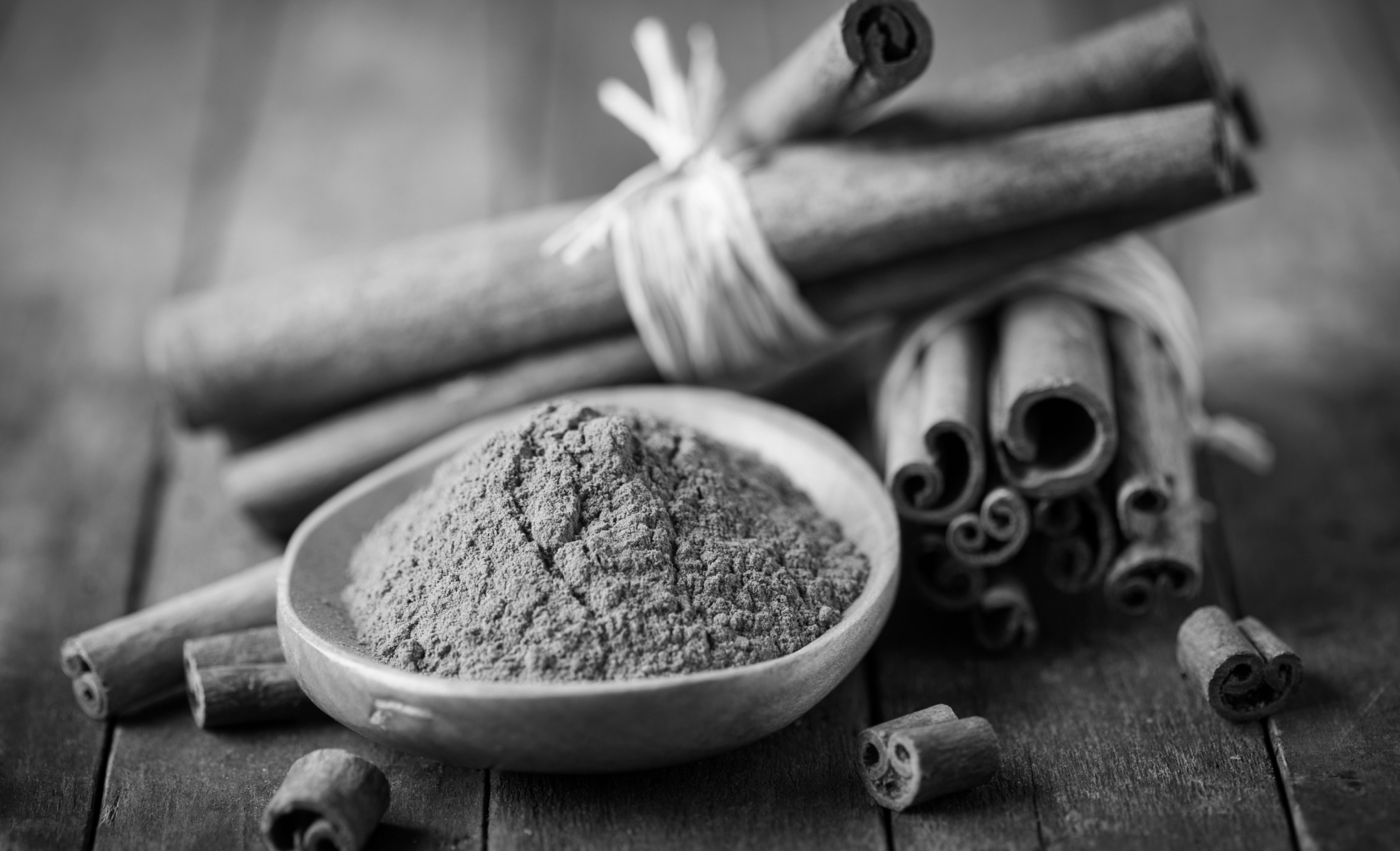True cinnamon (Cinnamomum zeylanicum) is native to Sri Lanka (formerly Ceylon). Its use and status as a prized spice was noted in multiple publications, including Chinese writings from 2800 BC and Pliny the Elder’s writings from the first century AD. The ancient Egyptians used cinnamon in their embalming process; medieval physicians used it in medicines to treat coughing, hoarseness, and sore throats; and it was even used in aged meats due to the presence of phenols, which help inhibit the bacteria responsible for spoilage. Cinnamon was highly prized and was accordingly very valuable (Pliny the Elder noted 350 grams of cinnamon as being equal in value to over five kilograms of silver). In the 17th century, the Dutch seized the island of Ceylon (then the world’s largest cinnamon producer) from the Portuguese. The Dutch demanded outrageous quotas from the island’s poor laboring caste. They also destroyed a second source of cinnamon found along the coast of India so that they could maintain their monopoly. During the Revolutionary Wars, the French won possession of the island as part of their victory over Holland, and then in 1795, England seized Ceylon from the French. The cinnamon monopoly began to crumble in 1833 when other countries discovered that cinnamon could be grown successfully in areas like Java, Sumatra, Borneo, Mauritius, Réunion, and Guyana. Today, cinnamon is grown in South America, the West Indies, and other tropical climates. Interestingly, most cinnamon on the market today is Cassia cinnamon, which comes from the Cinnamomum cassia tree and originated in Southern China. It has a stronger flavor than the cinnamon grown in Sri Lanka. “Ceylon cinnamon” (Cinnamomum zeylanicum) still exists today; it is milder in taste and a much rarer and more expensive cooking spice than its more common cousin.

Your go-to guide for weird history facts
Subscribe to the FREE daily email that makes learning about history fun.


